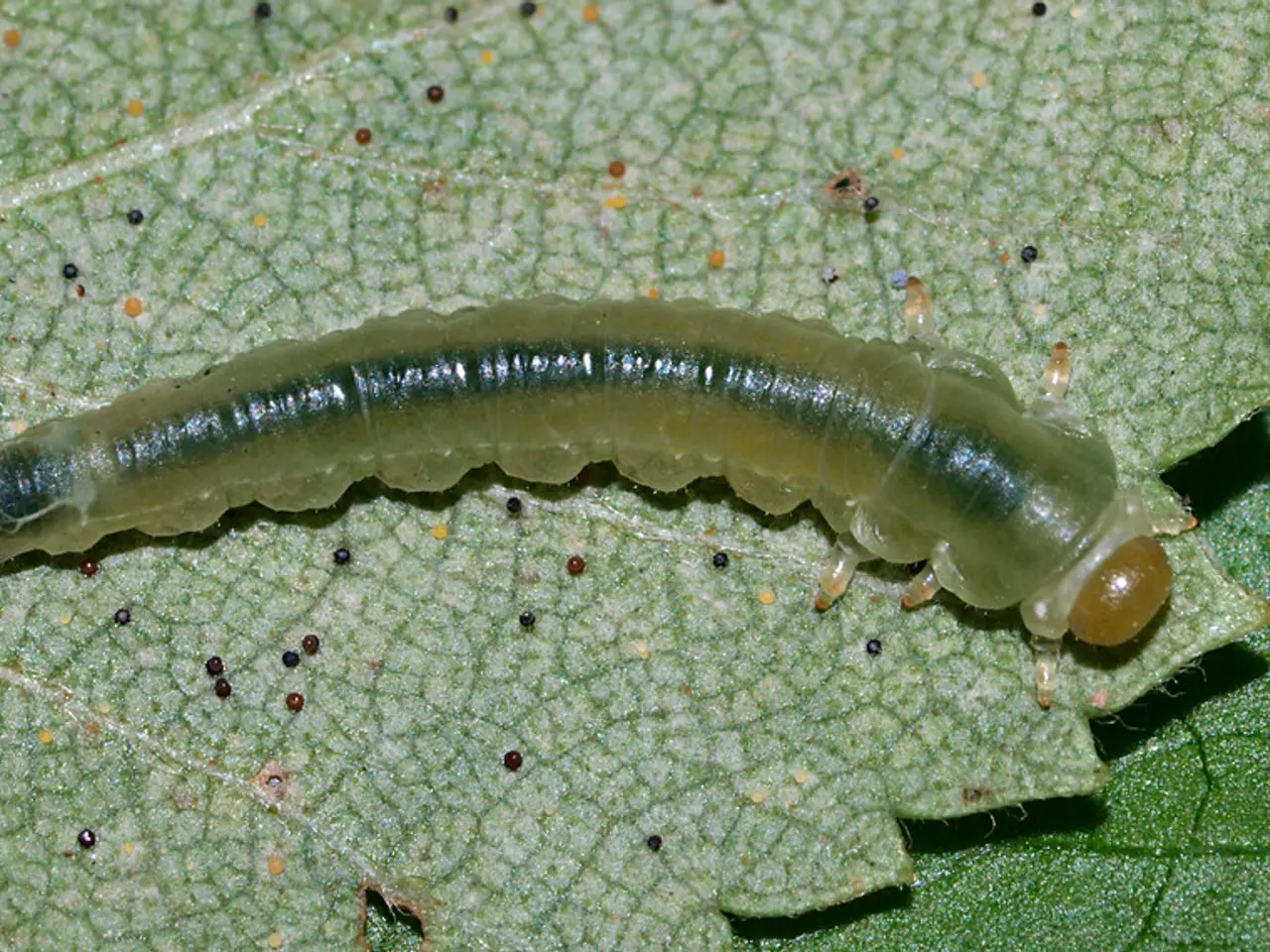Acanthosis nigricans: Description, origins, and remedies
Acanthosis nigricans is a skin condition that affects various parts of the body, most commonly causing thickened, darkened, and velvety patches in skin folds such as the neck, armpits, and groin. This condition is often a sign of an underlying health issue, particularly those related to metabolic and endocrine systems.
The most frequent causes of acanthosis nigricans are insulin resistance and diabetes, especially type 2 diabetes. Excess weight, a significant risk factor for developing this condition, is closely linked to insulin resistance. Conditions such as Polycystic Ovarian Syndrome (PCOS) and other hormonal imbalances can also contribute to its development.
Interestingly, acanthosis nigricans can occasionally be a marker for underlying cancer, particularly gastrointestinal adenocarcinomas. However, this is less common and typically occurs when the condition appears suddenly or extensively in adults.
Other less common causes include medications and rare genetic syndromes. Some drugs and syndromes that cause insulin resistance can manifest with acanthosis nigricans, although these are less prevalent.
It's important to note that acanthosis nigricans can also occur due to obesity, certain medications, hormone conditions, genetics, or autoimmune conditions. In some cases, it may be hereditary and may cause symptoms on one side of the body (nevoid acanthosis nigricans).
While cosmetic procedures such as dermabrasion, exfoliation, Alexandrite laser treatment, and chemical peels can improve the appearance of acanthosis nigricans, treating the underlying cause is crucial for long-term improvement. Treatment may include weight management, managing blood sugar levels, balancing hormones, medication changes, and, if applicable, treatment for cancer.
Anyone who notices skin changes should consult a healthcare professional, as they may need treatment for an underlying disorder. It's also essential to monitor any moles or marks on the skin that are growing quickly, changing colour, or appearing in multiple places, as these could be signs of skin cancer.
People with conditions like lupus, Sjogren's syndrome, scleroderma, or Hashimoto's thyroiditis may develop acanthosis nigricans. Topical treatments such as keratolytics, retinoids, hydroquinone, podophyllin, vitamin D analogs, and chemical peels can help manage the symptoms.
In conclusion, while acanthosis nigricans does not have a specific cure, understanding and addressing the underlying cause can allow the condition to fade over time. It's essential to consult a healthcare professional for accurate diagnosis and treatment.
- Acanthosis nigricans is often a sign of underlying health issues, particularly those related to metabolic and endocrine systems such as diabetes, especially type 2 diabetes.
- Excess weight, a significant risk factor for developing acanthosis nigricans, is closely linked to insulin resistance, one of the most frequent causes of this condition.
- Conditions like Polycystic Ovarian Syndrome (PCOS) and other hormonal imbalances can also contribute to the development of acanthosis nigricans.
- In some cases, acanthosis nigricans may be hereditary and may cause symptoms on one side of the body (nevoid acanthosis nigricans), indicating a genetic factor.
- Other less common causes of acanthosis nigricans include medications and rare genetic syndromes that can cause insulin resistance.
- Treating the underlying cause is crucial for long-term improvement of acanthosis nigricans, with options including weight management, managing blood sugar levels, balancing hormones, medication changes, and, if applicable, treatment for cancer.
- Consulting a healthcare professional is essential for anyone who notices skin changes, as it may indicate an underlying disorder that requires treatment.
- People with conditions like lupus, Sjogren's syndrome, scleroderma, or Hashimoto's thyroiditis may develop acanthosis nigricans, and topical treatments can help manage the symptoms.
- It's also essential to monitor any moles or marks on the skin that are growing quickly, changing color, or appearing in multiple places, as these could be signs of skin cancer.
- In conclusion, while acanthosis nigricans does not have a specific cure, understanding and addressing the underlying cause can allow the condition to fade over time, making science, medical-conditions Health and Wellness, fitness and exercise, skin care, and nutrition essential fields for its prevention and management.




